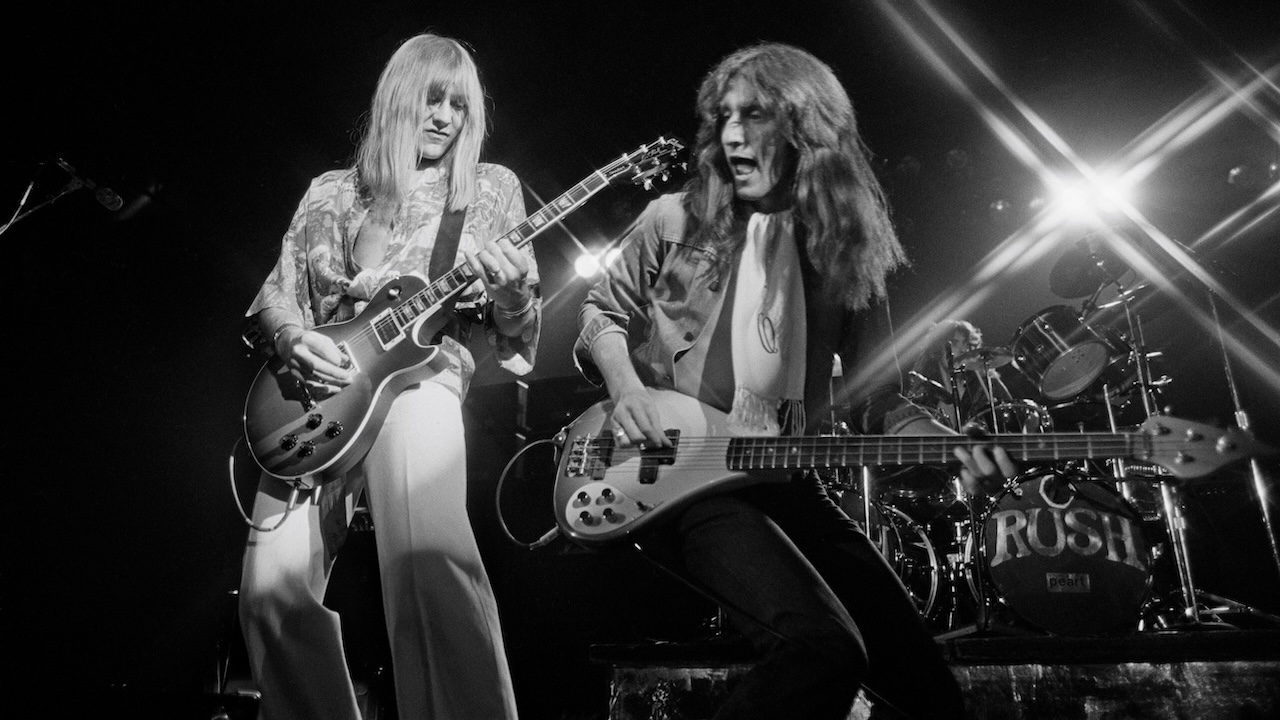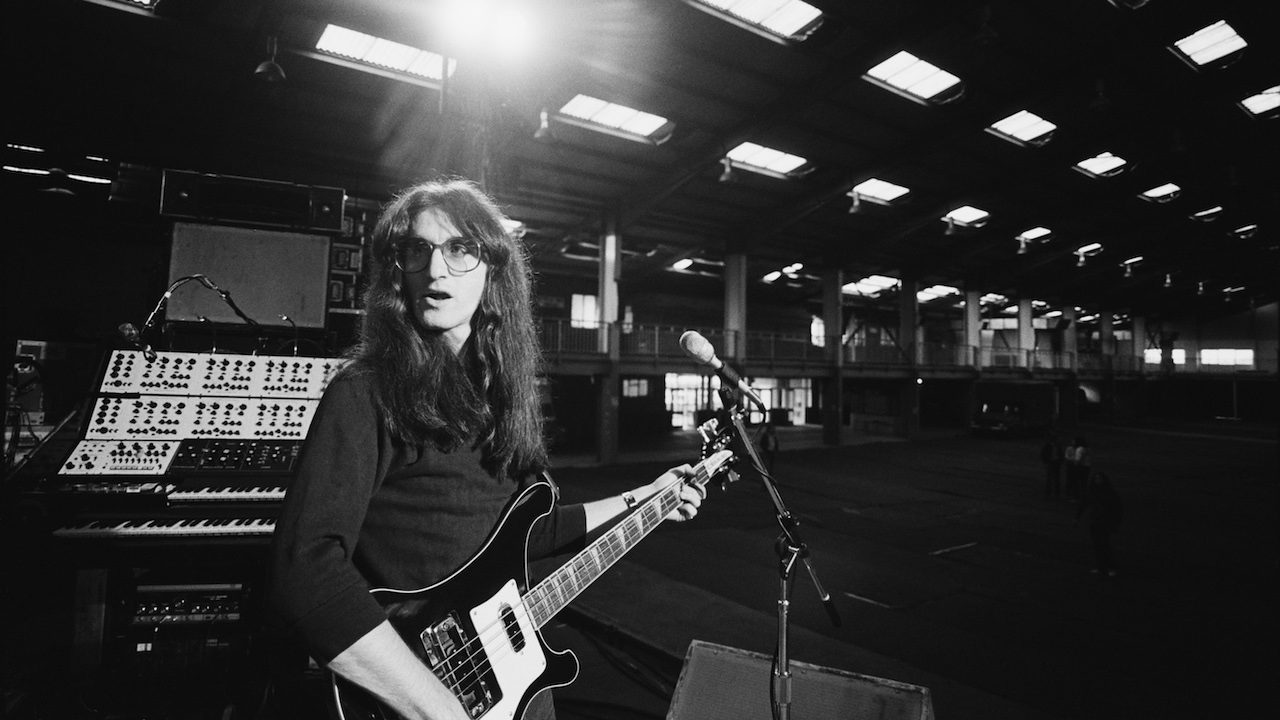“We put in everything but the kitchen sink… It sounded like a real monster”: How Geddy Lee created one of the most outrageous bass tones of all time for a Rush fantasy classic
The Rush frontman played a Rickenbacker 4001 on nearly every track from 1975’s Fly By Night, but found a new bass sound for the role of By-Tor

Blessed with an unmistakable vocal shriek in addition to his superlative bass skills, Gary Lee Weinrib – nicknamed Geddy Lee after the way his grandmother used to pronounce his name – was among the first bass guitar players to combine funk with elements of progressive-rock and make it big while doing so.
Complemented by his virtuoso bandmates in Rush – guitarist Alex Lifeson and the late drummer Neil Peart – Lee’s bass playing veers from the subtle, to the atmospheric, to an all-out riff storm.
“Sometimes I hit the bass so damn hard that you can hear not only the frets whack but sometimes the string hitting the pickup,” Lee told Bass Player back in 2006. “I can be a bit of an animal!”
Gear-wise, Geddy is best known for his signature Fender Jazz Bass, although he’s plucked a Rickenbacker or two in his time as well.
“When we signed our first record deal in 1974, I got my share of our small advance and the first thing I did was buy a Rickenbacker 4001. I think I paid about $400 for it.
“Much to my dismay, when I plugged it in, it didn’t sound like Chris Squire! It took me quite a lot of fiddling to get it to sound the way I wanted.

“I tried a Fender Precision as well. I played with the shape of the body: I cut it into a teardrop shape and added a Jazz bridge pickup to hotrod it up. I actually destroyed that bass, pretty much! It had a pretty outrageous sound.”
All the latest guitar news, interviews, lessons, reviews, deals and more, direct to your inbox!
Shortly after Rush's 1974 debut album, the trio began to explore long, multi-part compositions with rhythmically complex passages, hitting its stride with 1975’s prog-rock treasure Fly By Night.
“I used the Rickenbacker on nearly every track on Fly by Night. But on By-Tor and the Snow Dog, a fantasy tune that featured characters representing good and evil, I was given the role of By-Tor, the evil one.
“There’s a monster sound that growls during one really chaotic musical segment, so I put my '69 Precision Bass through a Fuzz-Tone. It was distorted all to shit; we added phasing, and ultimately put in everything but the kitchen sink.”
“I had all that going through a volume pedal, so every time the monster was supposed to growl, I would lean on the pedal. It sounded like a real monster!”
Around 1977's A Farewell to Kings, Lee sought to make his bass sound even bigger, and began using Moog Taurus bass pedals and a doubleneck Rickenbacker bass/guitar to create the lush soundscapes of the epic Xanadu.
1981's Moving Pictures finally broke the band into mainstream rock radio with hits like the anthemic Tom Sawyer and the tweaked-out instrumental YYZ.
“I have this 1972 Fender Jazz that I used a lot on those albums,” said Lee when asked about his current instrument of choice. “It's just a great recording bass, one which people have often mistaken, sound-wise, for my Rickenbacker.
“You can get that out of a Ricky, there’s no question about it, but it’s a lot of fiddling. I wanted to get a bit more punch in the bottom end, and what I liked about the Jazz Bass was that it was really easy to get a great tone in the studio.”

“The Jazz Bass has a really sweet neck, and I feel far more fluid playing it than I ever did on the Rickenbacker.”

Nick Wells was the Editor of Bass Guitar magazine from 2009 to 2011, before making strides into the world of Artist Relations with Sheldon Dingwall and Dingwall Guitars. He's also the producer of bass-centric documentaries, Walking the Changes and Beneath the Bassline, as well as Production Manager and Artist Liaison for ScottsBassLessons. In his free time, you'll find him jumping around his bedroom to Kool & The Gang while hammering the life out of his P-Bass.
You must confirm your public display name before commenting
Please logout and then login again, you will then be prompted to enter your display name.


